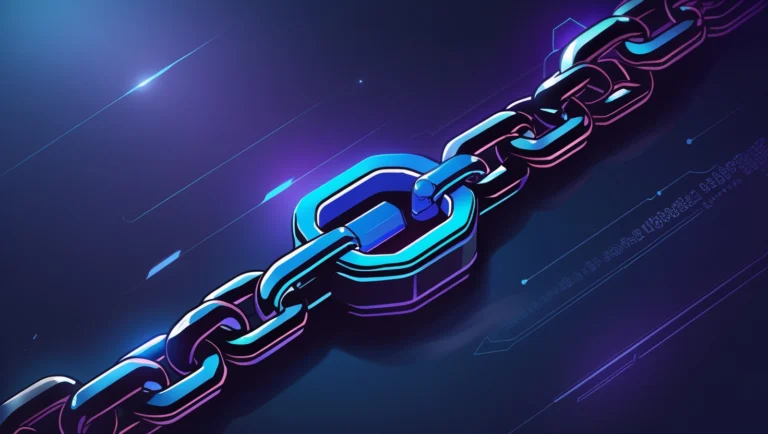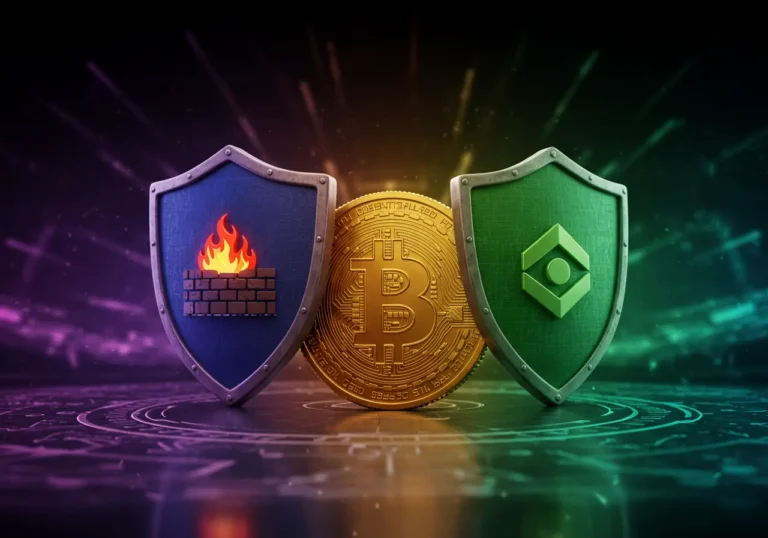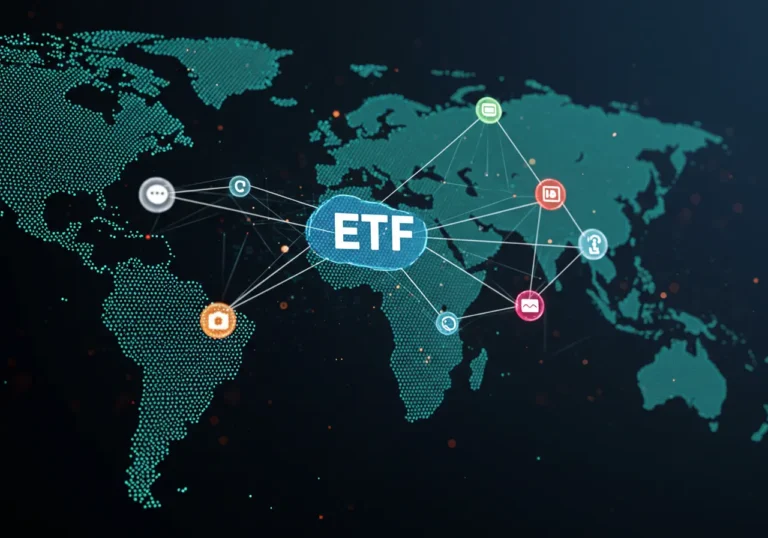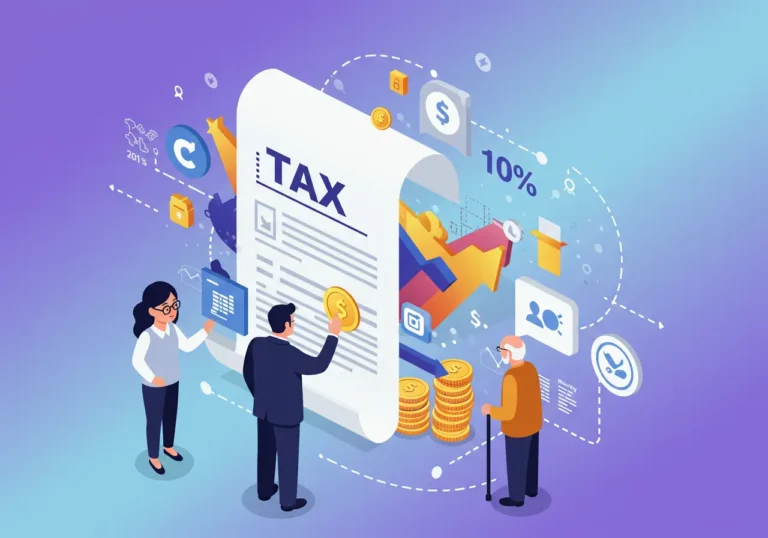Fork Trading Strategy: Profiting Safely from Hard Forks and Network Splits
Fork Trading Strategy — What it Means
A hard fork happens when a blockchain changes its rules. Sometimes the change creates a new chain with its own token. Imagine a town where the main road splits into two. Both roads keep the same history up to the split, but then they go different ways. If you owned something in town before the split, you might now have property on both new roads.
For crypto, that means if you own coins on the original chain at the moment of the snapshot, you may also own coins on the new chain. A fork trading strategy decides how to protect your holdings and how to act to possibly profit from that new token.
How Forks Actually Work

When a fork is planned, developers announce a snapshot block. That block records which addresses hold coins and how many. After the snapshot, the network rules change and some nodes follow the new rules. If the change is a hard fork that keeps old transactions and creates a new ledger, you may have a claim on new coins.
A simple example
Imagine you have 10 coins of CoinX. The developers say: “At block 1,000, CoinX will split into CoinX and CoinY.” If your wallet holds 10 CoinX at that snapshot, after the split you might have 10 CoinX (on the original chain) and 10 CoinY (on the new chain). How you get and use CoinY is the fork trading strategy decision.
Before the Fork: Prepare Like a Pro
Preparation is the main safety step. Don’t wait until the last second.
1. Learn the rules.
Find official announcements. Know whether there will be replay protection (safety that prevents using the same signature on both chains). If there is no replay protection, moving coins too soon can expose you to risk.
2. Use a secure wallet.
Hardware wallets or trusted software wallets are best. Keep private keys safe. If an exchange supports the fork and promises to credit the new token, understand their terms.
3. Make a plan: hold, split, or sell?
Decide whether you will:
- Hold both tokens and wait for price action.
- Claim the new token then sell it.
- Move funds to an exchange that will handle the split.
4. Backup and document.
Write down seed phrases. Export private keys only if you know what you are doing. Never share secrets on chat.
During the Fork: What to Do
The fork moment can be noisy and fast. Keep calm.
1. Watch the snapshot.
Confirm your address was included. Wallets often show the block number.
2. Don’t rush.
Scammers appear with fake wallets or sites offering “easy claims.” Wait for official, audited tools.
3. Consider exchange support.
If your exchange announced it will credit fork tokens, you can leave coins on exchange. This is easiest but relies on the exchange’s honesty and speed.
4. If you move coins, use replay protection.
If the forked chains do not have replay protection, moving coins from your address can expose the other chain’s coins. Many traders split the chains first — see next section.
Splitting Chains Safely
To avoid replay problems, traders often “split” chains. This means creating a transaction that makes claims on one chain without affecting the other.
1. Use official split tools or trusted wallets.
Some wallets build split functions into their software. Use the ones with good reviews.
2. Move only small test amounts first.
Try a tiny transfer to confirm behavior.
3. Keep records of transactions.
If taxes or disputes appear later, you’ll have proof.
Trading the Forked Token: Risks and Rewards
Rewards: Sometimes the new token gains value. Early traders who claim and sell can profit. The excitement around a fork can raise demand for the new token.
Risks:
- Low liquidity. Immediately after a fork, few people trade the new token. You might not find buyers.
- Volatility. Prices can spike or crash fast.
- Scams and fake claims. Many illegitimate offerings appear.
- Exchange delistings. Some exchanges may decide not to list the forked token. That could trap your coins.
- Tax issues. In many countries, receiving fork tokens may be taxable income. Keep clear records.
Practical tip
If you claim a new token, consider whether you can safely move or trade it. If not, you might wait until exchanges list it. That avoids handling the token yourself, but you may get a worse price.
A Real-Life Example
When Bitcoin split into Bitcoin Cash (BCH) in 2017, holders of Bitcoin at the snapshot gained BCH. Early adopters used fork trading strategy methods: some left coins on exchanges that credited BCH; some split chains and claimed BCH in private wallets. Those who planned and followed safe steps often benefited. Those who rushed and used unsafe tools sometimes lost private keys or fell for scams.
Risk Management Checklist
- Confirm snapshot and rules.
- Use hardware wallets or trusted providers.
- Test with small amounts first.
- Avoid unknown claim tools.
- Monitor exchange announcements.
- Plan tax reporting.
- Set stop-loss and exit strategies if you trade.
Taxes and Legal Notes
Rules vary by country. In many places, receiving a forked token is a taxable event. Note:
- Record the value of any new token at the time you control it.
- Keep transaction history.
- Consult a tax professional if unsure.
How to Profit Safely: Strategy Summary
- Research early. Know the fork type and protections.
- Decide a clear plan. Hold, claim, or trust exchange? Set your exit rules.
- Secure keys and backups. Never rush.
- Split chains when needed. Use trusted tools.
- Trade with calm and risk limits. Don’t bet your life savings on a single fork.
- Keep records for taxes and future audits.
Conclusion
A fork trading strategy is not magic. It is careful planning. It requires reading announcements, securing keys, and making thoughtful choices. Some forks give clear gains. Some bring headaches. If you prepare, keep your risks small, and stay calm, you increase your chance to benefit and reduce the chance of loss.
Quick Takeaways
- Forks create duplicate balances on split chains sometimes.
- Plan before the snapshot and choose a safe path (wallet vs exchange).
- Use trusted tools and test with small amounts.
- Watch for replay attacks and split chains when needed.
- Expect volatility and low liquidity in the early hours or days.
- Keep records for tax reporting and proof of ownership.
- Set clear exit rules to avoid emotional decisions.
FAQ
Q: Do I automatically get new coins after a hard fork?
A: If you held coins at the snapshot on-chain, you may be entitled to new coins. If your coins were on an exchange, it depends on the exchange’s policy.
Q: Is it safer to leave my coins on an exchange?
A: It is simpler, but you must trust the exchange. Exchanges can delay or refuse crediting fork tokens. They also hold your private keys.
Q: What is a replay attack?
A: It happens when a transaction on one chain is copied to the other chain. Replay protection prevents this. Without it, moving coins carelessly can risk losing funds.
Q: How soon should I act after a fork?
A: There is no fixed rule. Some wait for exchange listings; others act sooner. Consider liquidity, security, and your personal risk tolerance.
Q: Will forks always be profitable?
A: No. Some forked tokens vanish in value. Treat opportunities with caution and never risk more than you can afford to lose.

Hello, I’m Edmilson Dias, founder of CoinBringer. I created this platform to guide people through the fast-moving world of cryptocurrency with clarity and safety. With years of research in blockchain and digital security, my goal is to translate complex topics into practical knowledge, offering reliable tutorials, safety insights, and guidance for both newcomers and experienced users.
Discover more from CoinBringer
Subscribe to get the latest posts sent to your email.







